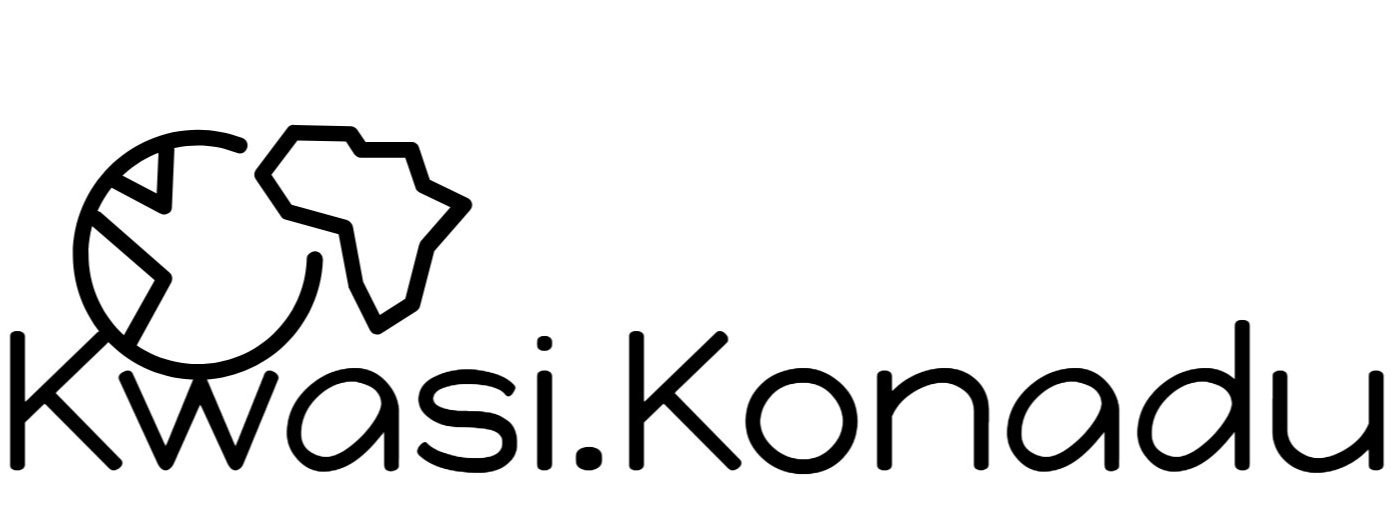Prior to the mid-nineteenth century, the Asian markets for enslaved and scorned African laborers were connected more closely with and even propelled city-states such as Zanzibar and Pemba into the slaving world of East Africa and Asia. Certainly, the Swahili city-states were well integrated in the trade network and politics of the Indian Ocean world and their markets. These markets drew slavers from Brazil, French merchants from Mauritius, Arab merchants from Oman and Hadramawt, Indian merchants from the Kathiawar peninsula and the Konkan coastal region, and Swahili merchants into a consortium that exploited gold, ivory, and human captives.
